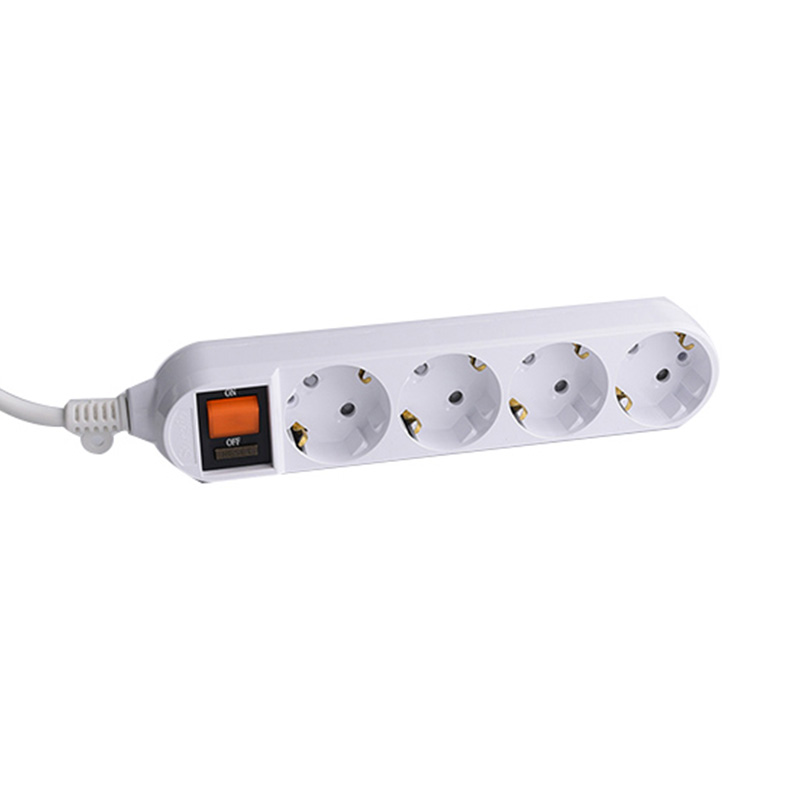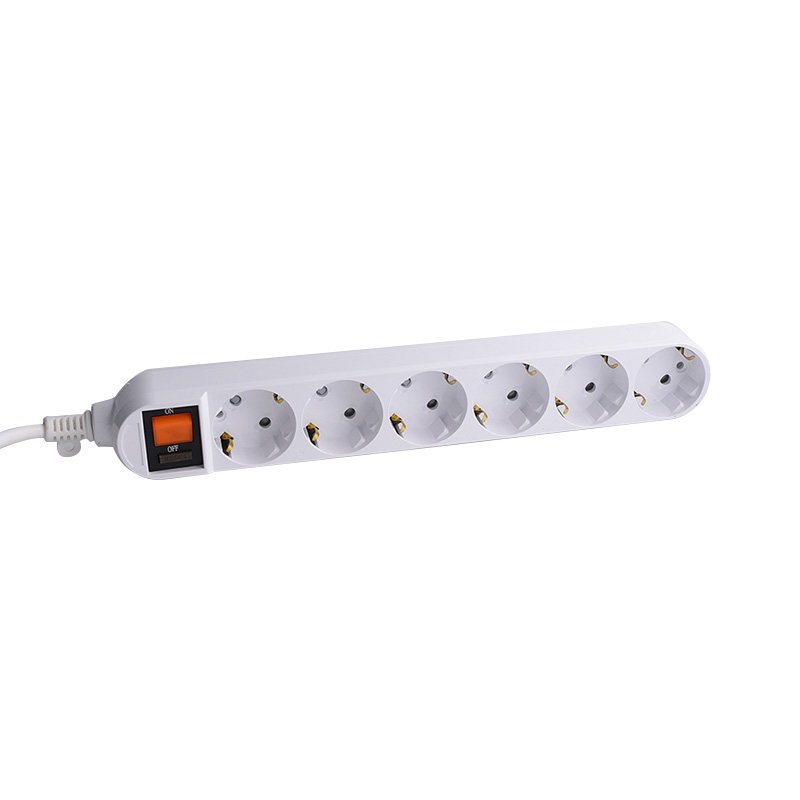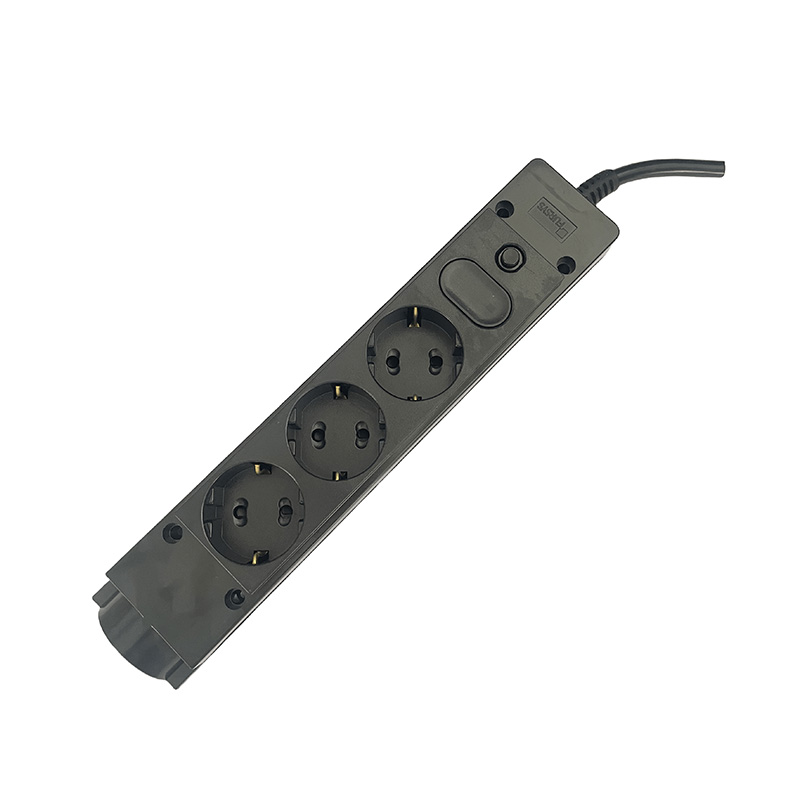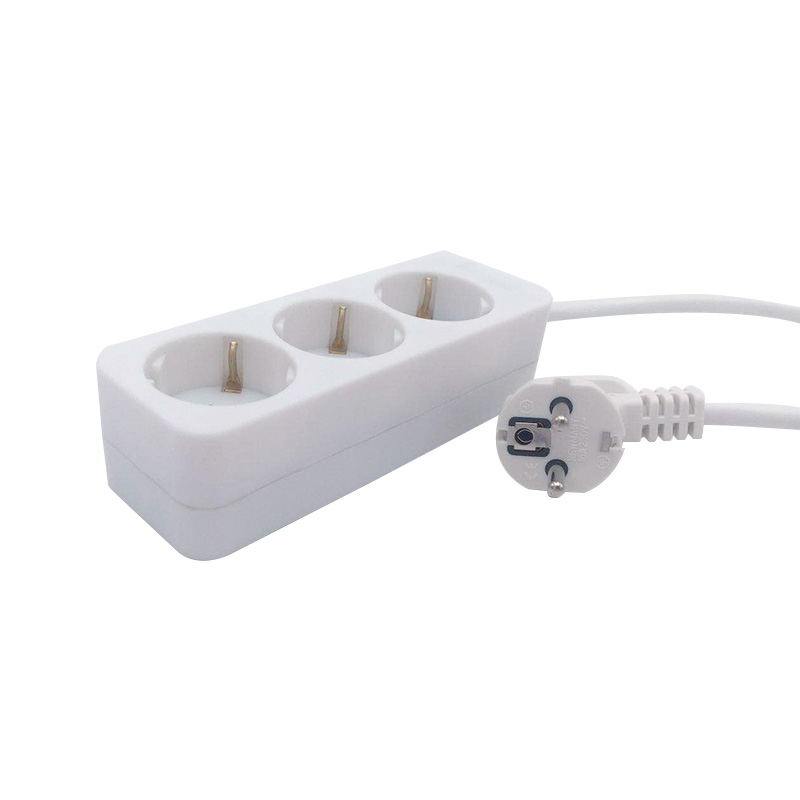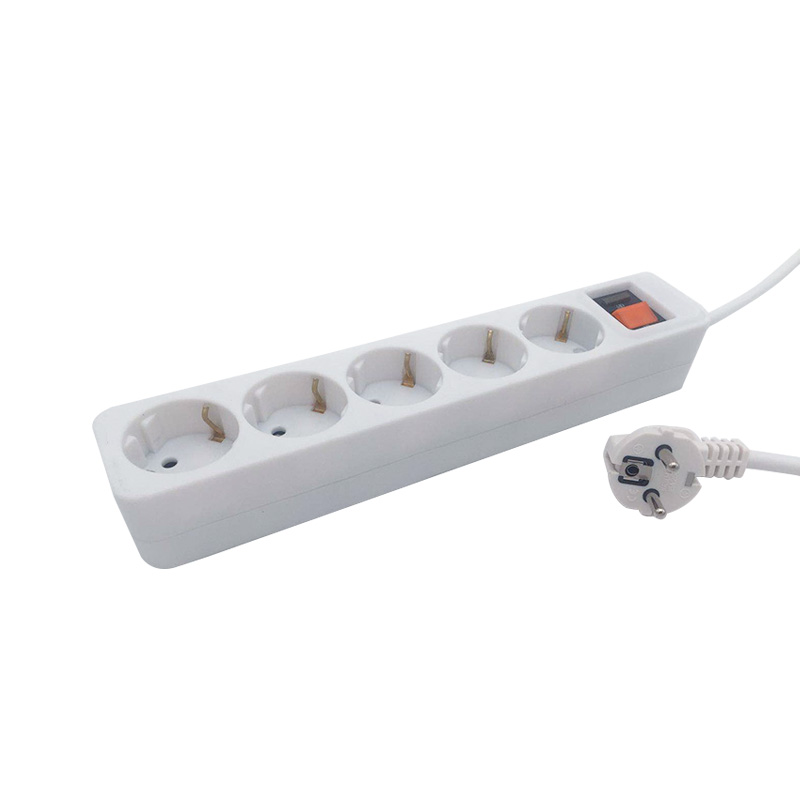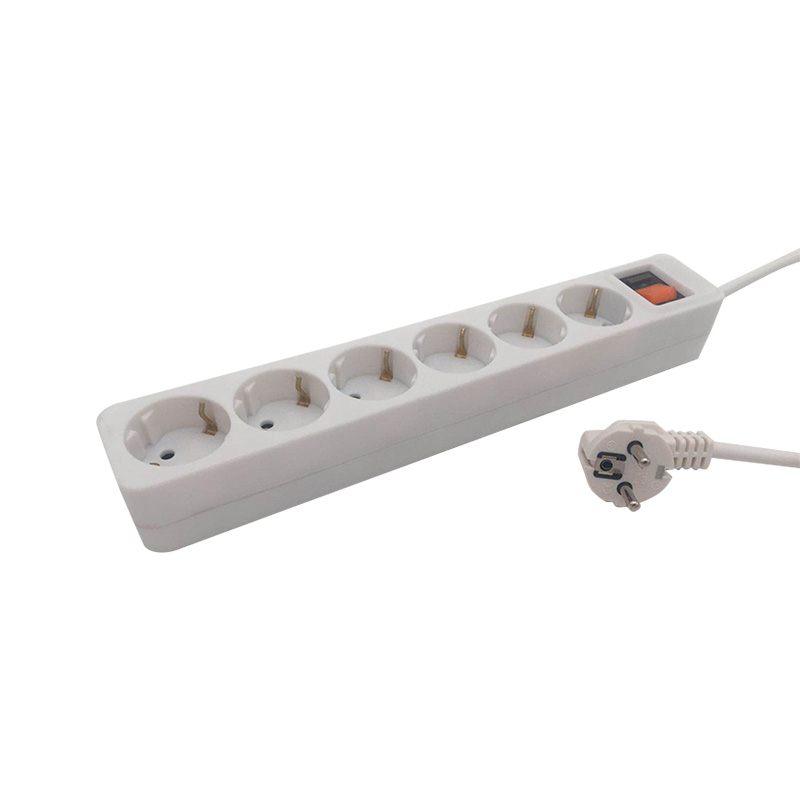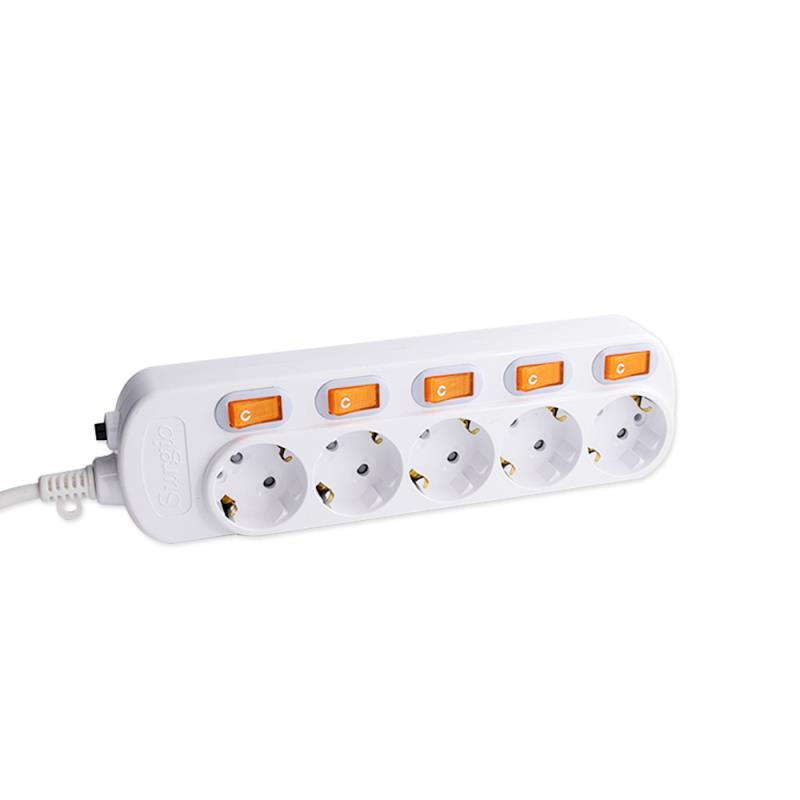Submit feedback
What are the safety precautions for Cable Reel?
 2025.10.01
2025.10.01
 Industry News
Industry News
Cable reels, also known as cable drums or extension cord reels, are widely used in industries, construction sites, and even domestic settings to manage electrical cables efficiently. While they provide convenience and flexibility, improper use or maintenance can lead to serious safety hazards, including electric shocks, fires, or equipment damage. Understanding and implementing safety precautions for cable reels is essential for both workplace safety and personal protection.
1. Inspect the Cable Reel Before Use
One of the most important safety precautions is to inspect the cable reel before each use. Check for any visible damage such as cuts, abrasions, or exposed wires on the cable. Ensure that the reel housing and connectors are intact and free from cracks or corrosion. Damaged cable reels can cause short circuits or electric shocks, especially when used in wet or damp environments. Regular inspections help prevent accidents and prolong the lifespan of the equipment.
2. Use the Correct Cable Reel for the Application
Not all cable reels are suitable for every application. It is crucial to select a reel that matches the voltage, current rating, and environmental conditions of your task. For example, outdoor use requires reels with weatherproof and UV-resistant coatings, while heavy-duty industrial applications may need high-capacity reels capable of handling large currents. Using an undersized or inappropriate cable reel can lead to overheating, melting of the insulation, or even fire hazards.
3. Fully Unwind the Cable When in Use
One common safety mistake is using a cable reel without fully unwinding the cable. When electricity passes through a coiled cable, the heat generated may not dissipate properly, leading to excessive heating of the cable and potentially causing fires. Always ensure that the cable is fully extended before powering high-load equipment. This precaution is particularly important for long cable reels or high-power devices.
4. Avoid Overloading the Reel
Cable reels are designed to handle specific amperage limits. Overloading a reel by connecting multiple high-power devices can exceed these limits, causing overheating, damage to the cable insulation, or even electrical fires. Always check the rated capacity of the cable reel and ensure that the total current draw of connected devices does not exceed it. If higher capacity is needed, consider using industrial-grade reels or multiple reels rated for heavier loads.
5. Keep the Reel Dry and Away from Moisture
Water and electricity are a dangerous combination. Cable reels used outdoors or in damp environments should be waterproof or protected by a weatherproof enclosure. Avoid placing reels in puddles or areas prone to water accumulation. Additionally, ensure that connectors, plugs, and sockets are dry before plugging in. Using electrical equipment in wet conditions without proper precautions can result in electric shocks or short circuits.
6. Proper Storage and Handling
When not in use, cable reels should be stored in a dry, clean area away from direct sunlight and extreme temperatures. Over time, exposure to UV light or harsh conditions can degrade the insulation, making the cable more susceptible to damage. Avoid dragging the reel over sharp edges or rough surfaces, as this can nick or cut the cable. Proper handling ensures the longevity of the reel and reduces the risk of accidents.
7. Avoid Tripping Hazards
Cables unwound from reels can create tripping hazards in workplaces or home environments. Arrange cables neatly and, if necessary, use cable covers or mats to prevent people from tripping over them. This precaution not only ensures safety for individuals but also protects the cable from damage caused by foot traffic or heavy objects passing over it.
8. Regular Maintenance and Testing
For industrial and high-use settings, it is important to schedule regular maintenance and electrical testing for cable reels. Check for wear and tear, loose connectors, or corrosion. Testing can identify insulation weaknesses or continuity issues that may not be visible during routine inspections. Well-maintained reels reduce downtime and prevent potential hazards during operation.
9. Follow Manufacturer Instructions
Every cable reel comes with manufacturer guidelines regarding usage, load capacity, and maintenance. Following these instructions is a key safety precaution. Ignoring recommendations can void warranties, increase the risk of accidents, and reduce the effectiveness of safety features built into the reel, such as thermal cut-outs or automatic rewind mechanisms.
10. Conclusion
In conclusion, cable reels are valuable tools for managing electrical cables efficiently, but safety must always come first. Key precautions include inspecting the reel before use, selecting the correct type, fully unwinding the cable, avoiding overloads, keeping it dry, proper storage, preventing tripping hazards, performing regular maintenance, and following manufacturer guidelines. By adhering to these safety measures, users can minimize risks, protect themselves and others, and ensure the cable reel operates efficiently and reliably for years to come.
Proper attention to safety not only prevents accidents but also enhances the lifespan and performance of the cable reel, making it a safe and reliable tool in both domestic and industrial environments.
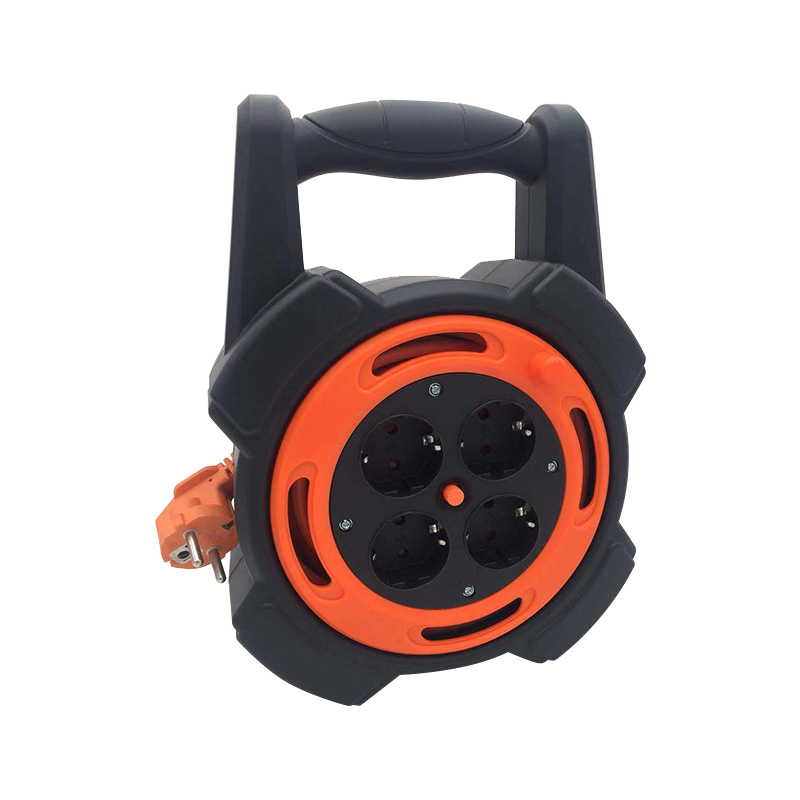
 TOP
TOP
 ENG
ENG
 English
English русский
русский 한국어
한국어 Deutsch
Deutsch

